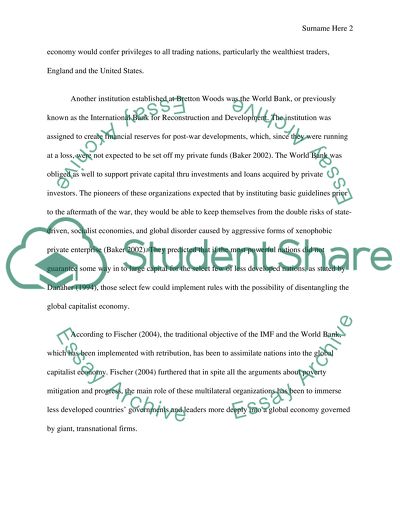Cite this document
(“The Struggle to Shape the Global Economic Environment: The IMF, World Term Paper”, n.d.)
Retrieved from https://studentshare.org/history/1427080-how-have-the-institutions-of-the-new-world-order
Retrieved from https://studentshare.org/history/1427080-how-have-the-institutions-of-the-new-world-order
(The Struggle to Shape the Global Economic Environment: The IMF, World Term Paper)
https://studentshare.org/history/1427080-how-have-the-institutions-of-the-new-world-order.
https://studentshare.org/history/1427080-how-have-the-institutions-of-the-new-world-order.
“The Struggle to Shape the Global Economic Environment: The IMF, World Term Paper”, n.d. https://studentshare.org/history/1427080-how-have-the-institutions-of-the-new-world-order.


